Foods that promote inflammation are generally high in saturated fats, added sugars, and salt. These substances are found in processed foods, ready-made dishes, and sugary drinks, for example.
They can increase levels of cytokines, substances produced by the body that promote inflammation.
On the contrary, certain foods are known to have anti-inflammatory properties. These are generally foods rich in antioxidants, omega-3s, and certain minerals like magnesium and selenium.
If you suffer from joint pain, it’s the perfect time to add them to your diet.
Some studies have even shown that a diet rich in anti-inflammatory foods can significantly reduce pain associated with inflammation.
To help reduce inflammation, especially in the joints, and alleviate symptoms, phytotherapy is also an excellent ally. You can incorporate these plants daily in the form of poultices, infusions, decoctions, or in ampoule form.
Read also | Dietary supplements for the joints: a pharmacist’s opinion
1. Fruits and vegetables
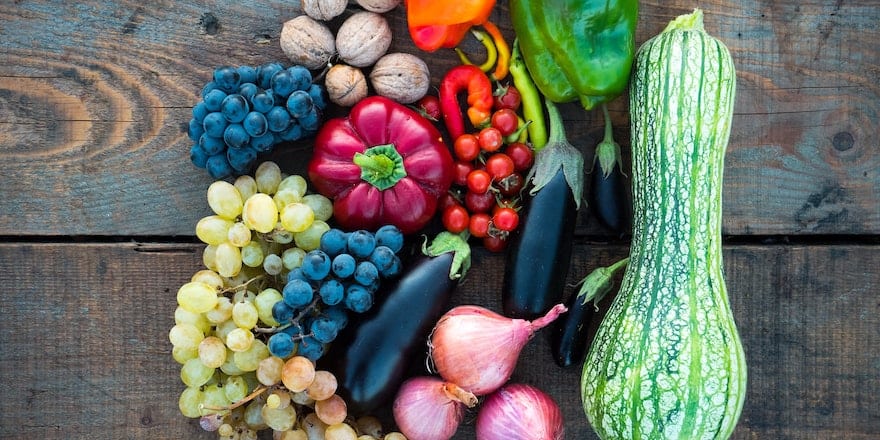
Think of oranges, apples, tomatoes, carrots, beets, pineapples, and spinach, containing antioxidant substances like flavonoids, which help fight free radicals responsible for inflammation.
Add a raw starter to your meals to ensure your vegetable intake and feel free to enhance it with a turmeric vinaigrette, for example.
2. Seeds and nuts
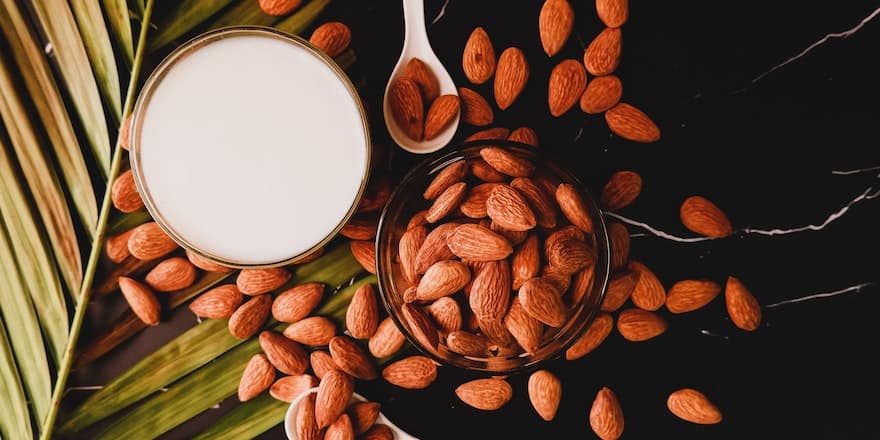
Flax seeds, chia and sesame seeds, as well as nuts like almonds and cashews, are rich in omega-3, essential fatty acids with anti-inflammatory properties according to this study.
Whether as a topping on your yogurt, or in your seed bread recipe, sprinkle seeds and nuts whenever you can.
3. Fatty fish
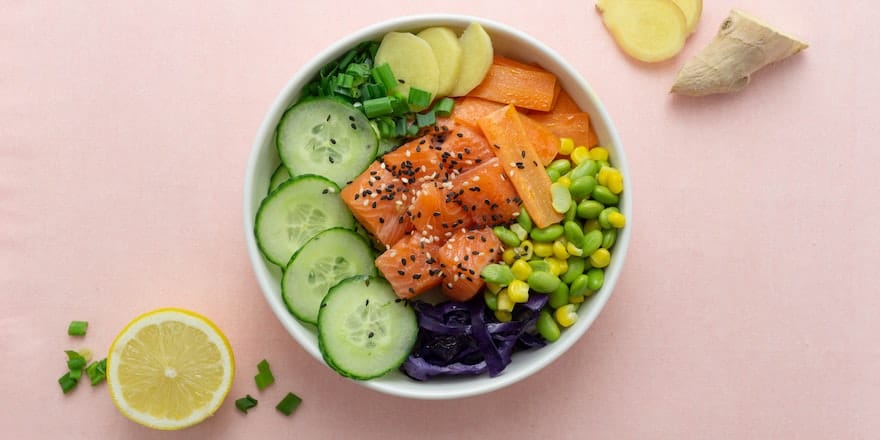
Opt for fatty fish like salmon, sardines, herring, and tuna, which are an excellent source of omega-3 and omega-6, playing an important anti-inflammatory role.
To best preserve vitamins, favor steaming, baking en papillote, or even raw preparation. Make ceviches, raw fish dishes marinated in lime juice, you’ll love them.
4. Spices
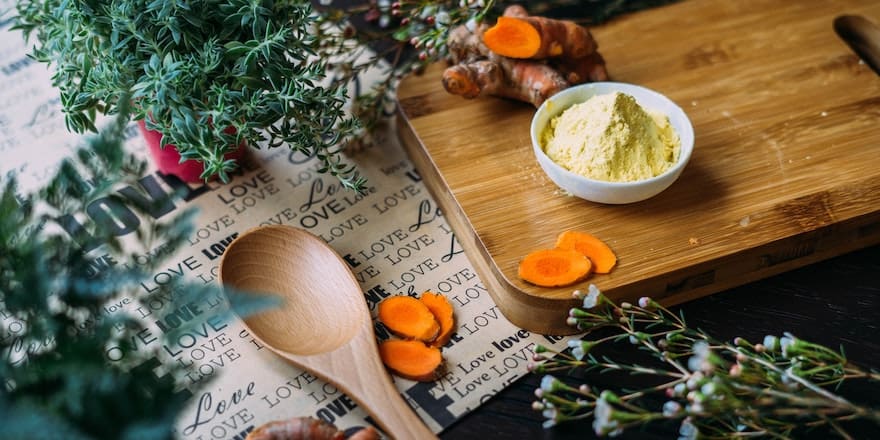
Some spices like turmeric are studied for their antioxidant and anti-inflammatory properties. Cinnamon and ginger also have anti-inflammatory properties, so don’t hesitate to add them to your dishes! They bring flavor and color to your recipes.
Ginger is perfect in Asian dishes, stir-fried for example, and cinnamon, sprinkled on your cakes, gives a comforting touch. Also, try it in hot chocolate!
Read also | How to choose your turmeric as a dietary supplement
5. All crucifers
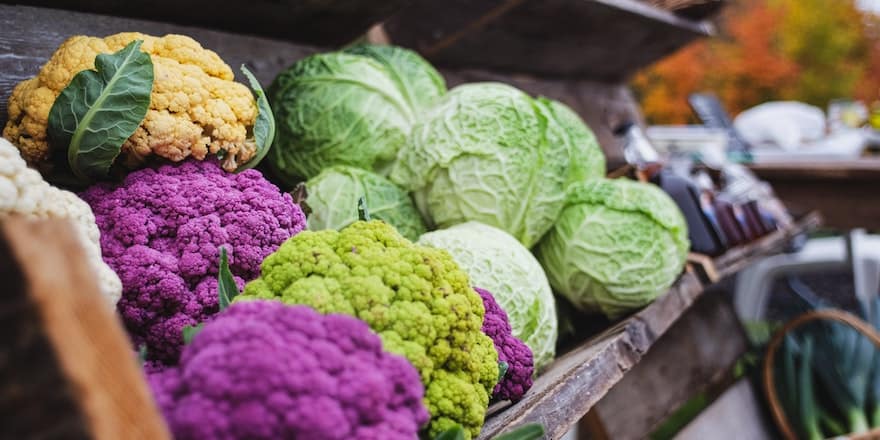
Green cabbage, broccoli, Brussels sprouts, or even kale are good allies for reducing joint inflammation thanks to their specific compounds : lutein, zeaxanthin, and kaempferol notably.
Whether in soup, gratin, or stir-fried in the wok, cabbages are so varied that you can’t get bored. My favorite recipe? Broccoli stir-fried with garlic, sesame oil, and soy sauce.
6. Anti-inflammatory plants

Among recognized anti-inflammatory plants and shrubs, blackcurrant berries and leaves should be consumed as a herbal tea.
Ideal for lower back pain, as studied here, harpagophytum can be consumed in capsule, powder, or mother tincture form. I also recommend nettle, enjoyed in soup, infusion, or even powder.
Boswellia is effective for joint pain, in capsule or tablet form. A meadowsweet infusion is also recommended.
How to reduce joint inflammation
What is inflammation?
Inflammation is a natural defense process of our body. It is a reaction of our body following the action of a physical agent, often external, to eliminate it. This can be an injury, bacteria, virus, allergy, autoimmune disease…
Our body then defends itself to restore the original situation, for example healing, or to eliminate the foreign element (the virus, the bacteria…).
Inflammation manifests in different ways depending on the aggressor: fever, redness, swelling, heat, or pain. For joints, pain and swelling are often encountered.
Inflammatory joint diseases
Joint inflammation is often the cause of chronic pain, unlike other inflammations that cause acute pain. It can be caused by various diseases such as arthritis, rheumatoid arthritis, or ankylosing spondylitis.
If you suffer from joint pain, you know how troublesome and debilitating it can be in everyday life.
Read also | Turmeric, a natural remedy for osteoarthritis
Inflammation is often multifactorial: stress, heredity, immune system, pollution, tobacco consumption. But diet plays a role in preventing and reducing symptoms for many conditions, including inflammatory joint diseases and Chronic Inflammatory Bowel Diseases (CIBD).
My anti-inflammatory meal
💡 Because it is sometimes complicated to imagine a dish that is both balanced and anti-inflammatory, I offer you an example of a simple meal to prepare. Above all, always have spices, seeds or other condiments at your disposal that will offer you a variety of tastes and textures, essential for enhancing your meal.
🥗 Starter
Grated carrots with lemon turmeric dressing
Tip: Turmeric gives a yellow tint to your dishes and pairs well with scrambled eggs or in a dressing.
🍽 Main Course
Salmon fillet with potato and broccoli gratin
Tip: Start with baking your gratin, then add a dish with your salmon 10 minutes before the end of baking. This saves you time, energy and preserves the vitamins in the salmon.
🍓 Dessert
Plant-based yogurt with red fruits, sprinkled with cinnamon
Tip: You can use frozen red fruits and blend the yogurt, fruits, and cinnamon for a quick and anti-inflammatory smoothie.
N.B: It’s important to note that these foods will not replace medical treatment if you suffer from chronic inflammatory joint diseases, but they can be a valuable aid to relieve symptoms.
Don’t forget to consult a healthcare professional before changing your diet or taking dietary supplements.



